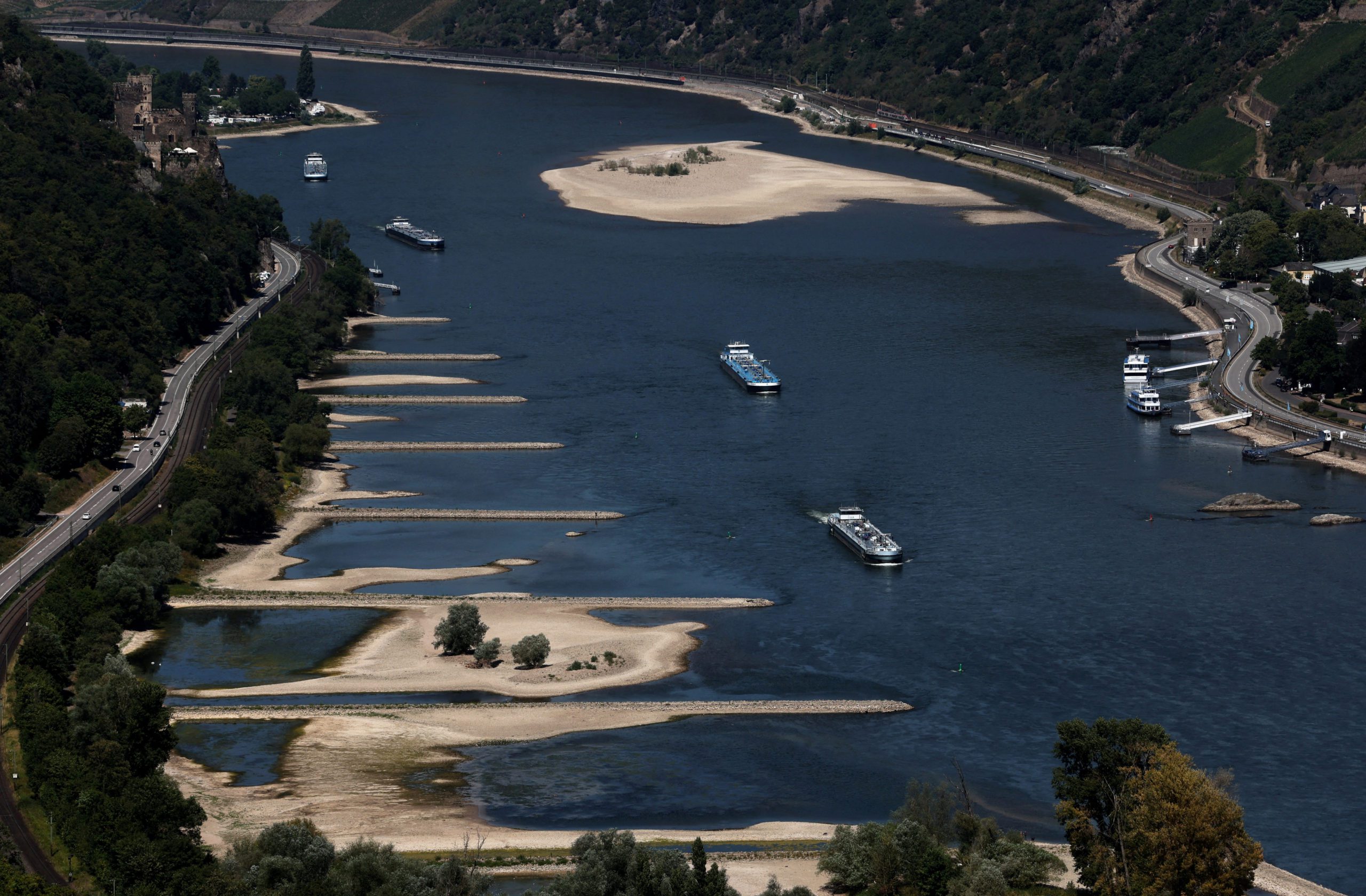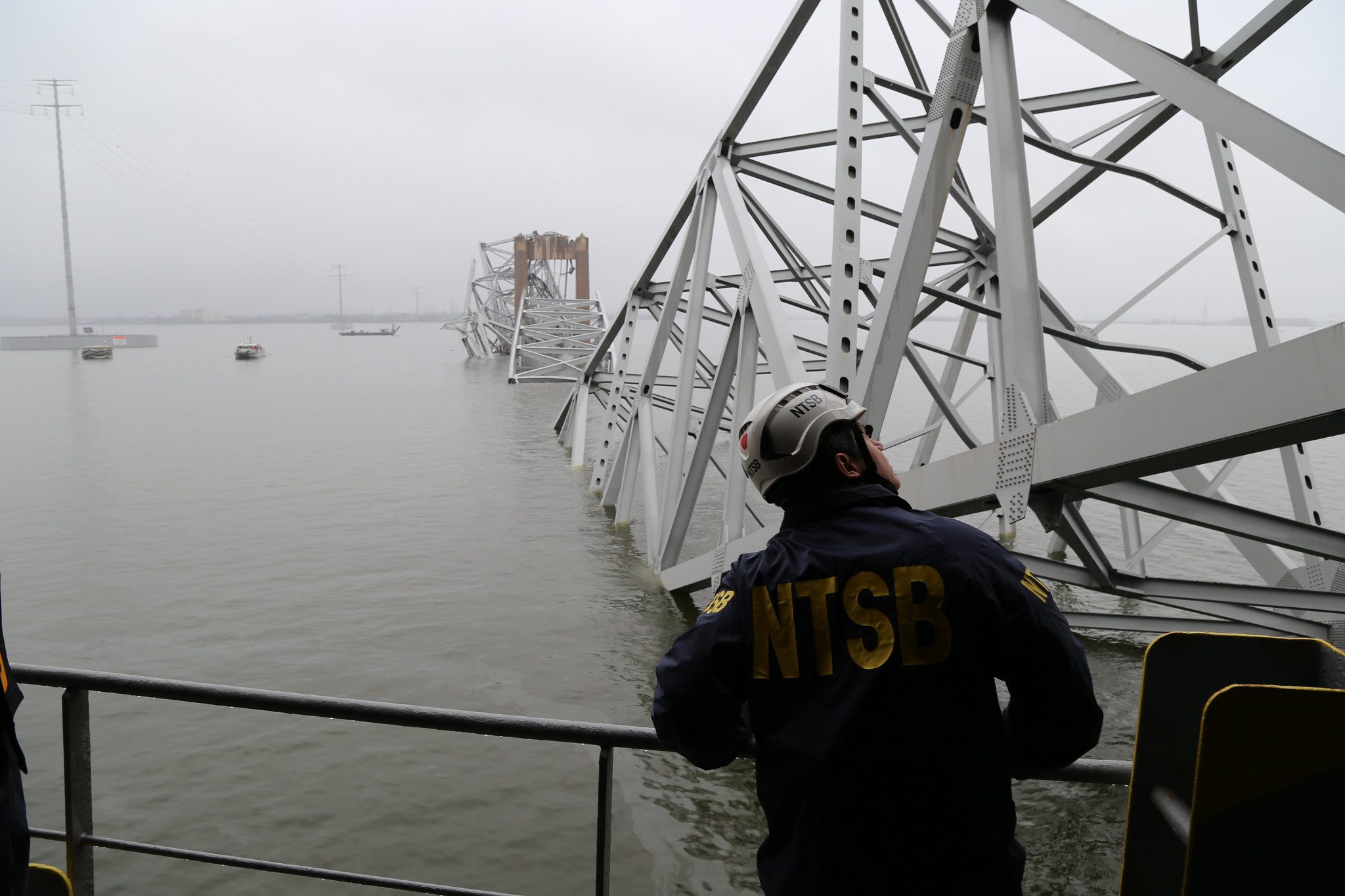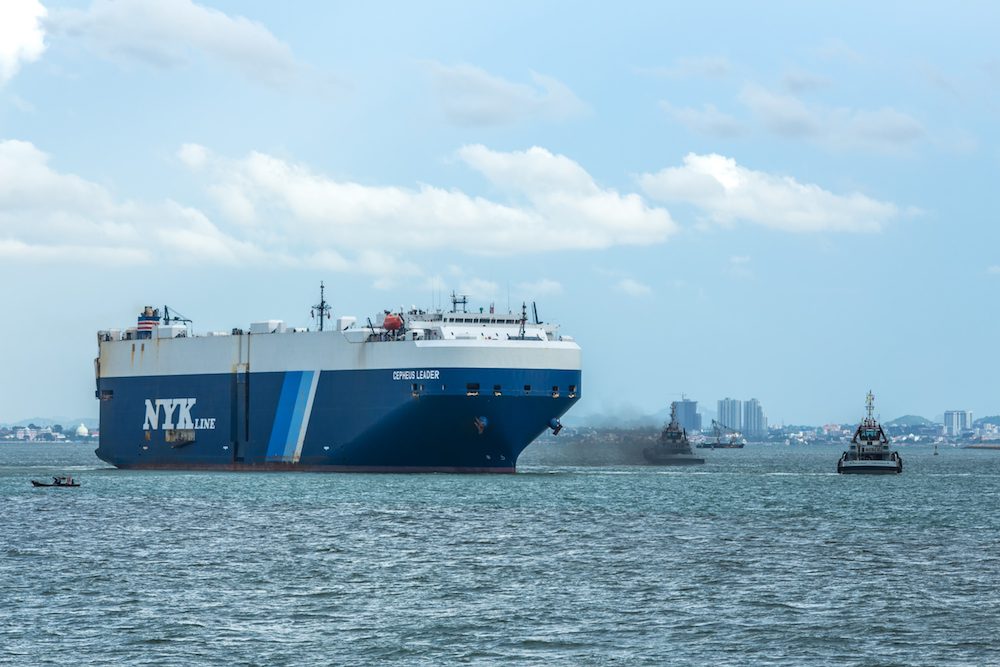By Jack Wittels, Megan Durisin and Celia Bergin
(Bloomberg) –Shallow waters on the Rhine are disrupting barge traffic and forcing up the cost of shipping, an early indicator the continent may need to brace for a redux of the seismic economic shock caused by last year’s drought.
At Kaub, a key waypoint in western Germany, the river-measure is the lowest it’s been this time of year since 2017. Any barges planning on hauling diesel further into inland Europe are restricted to loading at about half-capacity. Take on a full cargo, and the vessel will sit too low in the channel.
“For the time of year, it’s quite bad,” said Mitchell van der Hoeven, a ship broker at Riverlake, which handles barging on the continent’s inland waterways. “We might get into a situation that we had last summer, where production will need to be cut or stopped.”
An atypically mild winter and concurrent lack of precipitation are having consequences across Europe, particularly for farmers and energy producers. Much of France and the southern UK has had less than a quarter of normal rainfall in the past 30 days, and some growers are trimming plantings of potatoes, carrots, parsnips and onions because there may not be enough water to irrigate them in the coming months.
Related Article: Rhine Water Levels in Germany Leaves Ships Only Part-Loaded
“I can’t take that risk,” said Andrew Blenkiron, a farmer in Suffolk, England, who’s cutting the acreage for those crops by a quarter. December and January rainfall totaled about half the average, and just 3 millimeters (0.1 inches) fell so far in February.
For British leeks, the dry spell is the second they’ve suffered in a year. The tall, green vegetable is sown from March through May and harvested for as many as 13 months afterward, said Tim Casey, chairman of the British Leek Growers Association.
Local supplies are expected to run out in April, necessitating extra imports, said Casey, who farms in Lincolnshire.
“The leeks never had the chance to catch up,” he said.
Reservoir levels for some hydroelectric producers have dipped, potentially crimping output just as countries try to wean off fossil fuels and bolster renewable sources of energy. In France, where prolonged droughts pushed production from electric dams to the lowest since 1976 last year, a dearth of rainfall in recent weeks is prompting concerns at Electricite de France SA and Engie SA, which produce the bulk of the nation’s hydropower.
That’s also because it could curb the amount of water available to cool nuclear reactors.
“A very dry winter could lead to tensions in the power system this summer,” Engie Chief Executive Officer Catherine MacGregor said.
Hydropower generation in the Nordic region, home to Europe’s biggest reserves, remains 10% below the past five-year seasonal average, according to BloombergNEF. Whether things recover depends on the snow melt in spring, said Carlos Torres Diaz, head of power at consultant Rystad Energy AS.
“Hydro levels are starting to decline faster than in recent years,” Diaz said. “More-extreme weather will become more recurrent, and this will make energy management more difficult.”
Dry weather over northern Europe is expected to continue next week, but conditions are predicted to get wetter moving into March, said Amy Hodgson, a meteorologist at Atmospheric G2 in Birmingham, England.
While the Rhine still has some cushion before becoming a full-blown crisis, the parched conditions are a harbinger of what could happen — again. Last summer, the drying up of Europe’s waterways disrupted an $80 billion trade business, affecting oil refining, chemical production, power generation and corn farming.
Read Also: Rhine River Shrinks Further Halting Some Barges
Snaking about 800 miles through Europe from its source in the Alps, the Rhine was used to transport almost 170 million tons of vital goods in 2021, including oil products, coal and iron ore.
Already this year, the euro per ton price for shipping fuel on the river by barge has soared, with the current cost of transporting between Karlsruhe in southwest Germany and the Netherlands nearly triple the five-year average.
Looking forward, a 14-day forecast shows an 86% chance that the measured level at Kaub will be at 97 centimeters (38 inches) or lower toward the end of the first week of March. That hasn’t happened since at least the start of 2014.
The amount of snow in the Alpine area of the Rhine is comparatively low at the moment, said Dennis Meissner, a forecaster at the German Federal Institute of Hydrology. That matters because snow is one of the main feeders for the river when it melts.
Yet if there’s above-average rainfall in the spring and summer, that may compensate, he said.
“Everybody is talking about it,” Van der Hoeven said of the water level. “Nobody knows what will happen.”
–With assistance from Francois de Beaupuy, Josefine Fokuhl, Andrew Reierson and Rachel Graham.

 Join The Club
Join The Club











